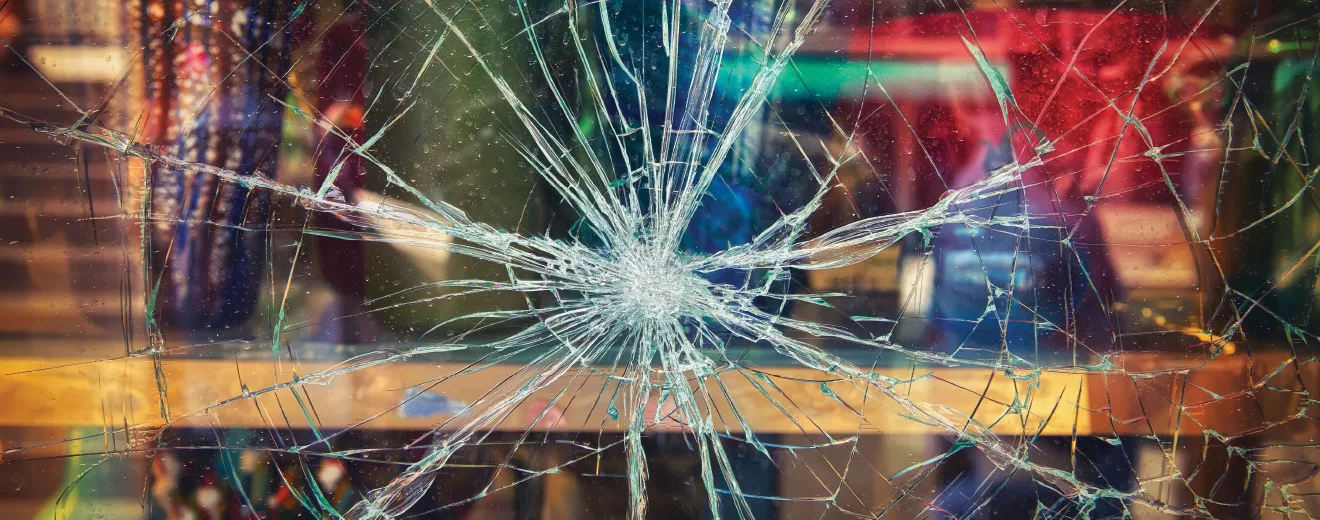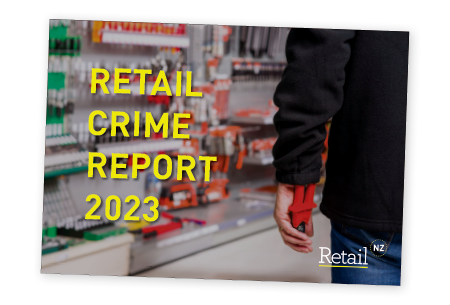

Retail crime presents an increasing health and safety risk to employees
and customers and to the financial sustainability of retail businesses.
The $2.6 billion annual cost of retail crime flows through from retailers
to customers to the New Zealand economy.
What’s the problem?
Aggression, violence, and other retail crime is getting worse. Criminals are becoming increasingly organised and brazen, putting retail employees and customers at risk.
Offenders are from all parts of society and include children. Retailers and their employees are faced with:
- threatening, abusive, or violent customer behaviour
- damage to premises, property, and stock
- theft, burglary, and fraud.
We believe the increase in retail crime is being driven by:
- organised crime, stealing to order
- people stealing to fund their addiction
- young people committing destructive acts to gain notoriety on social media.
This is made worse by underlying attitudes and issues in society:
- a perception of impunity “I will get away with it”
- lack of understanding of the impacts of the behaviour
- a view that it’s ok to “look down” on retail workers.
Additional reasons given by retailers include:
- inadequate resourcing of Police to support retailers
- clogged court system with offenders re-offending before being tried for an earlier offence
- the high cost of living and socio-economic deprivation.
What’s the impact?
- 92% of retailers have experienced some form of retail crime over the past 12 months, in comparison with 81% when we last surveyed in 2017.
- Negative impact on the mental health and wellbeing of employees and business owners.
- Serious risks to physical health, injuries and in the worst cases, death.
- Retail is seen as a more dangerous and less desirable place to work, leading to staff retention issues and higher recruitment and training costs.
- Increased costs of security personnel and loss prevention technology.
- Areas affected by retail crime are seen as dangerous places to shop.
The total cost of retail crime of $2.6 billion is passed on to consumers:
- the cost of stolen goods is around 53% of the total cost of retail crime ($1.4bn)
- direct costs of loss prevention (minus any reimbursements) are 44% ($1.1bn)
- wellbeing costs, which include employee training, employee assistance programmes and counselling, losing employees, and sick or other leave, are 3% ($0.1bn).
What’s the answer?
| Retail NZ | Government | Retailers |
|
|
|
If you have any questions about the Retail NZ Position Statement on Retail Crime or the Retail Crime Report 2023, please email [email protected].
We have a range of resources and advice available to prevent and deter retail crime. Take a look at our Retail Crime Hub.
Published by Retail NZ in September 2023.







